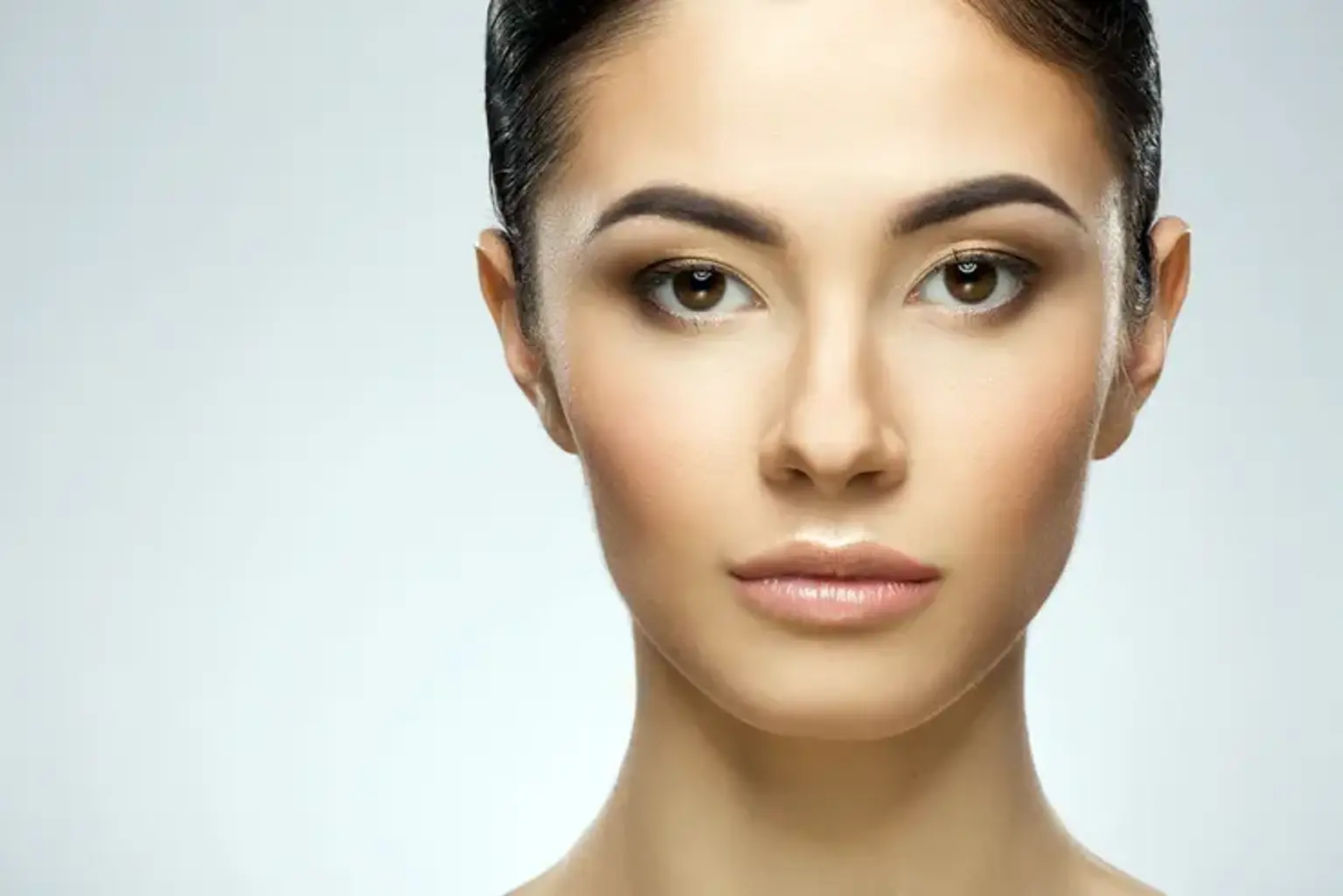What is Full Face Rejuvenation?
Full face rejuvenation refers to treatments aimed at restoring a youthful appearance by addressing the common signs of aging—such as wrinkles, sagging skin, and uneven texture. Among the most popular methods today is Platelet-Rich Plasma (PRP) therapy, a non-invasive treatment that leverages your body’s natural healing abilities to refresh and rejuvenate the skin.
The procedure involves drawing a small amount of blood from the patient, processing it to isolate platelet-rich plasma, and then reintroducing it into the skin through microneedling or injections. PRP stimulates collagen production, enhances skin tone, and helps improve texture. As a result, it offers an effective and natural way to revitalize your facial appearance without the need for surgery.
How PRP Therapy Works
PRP therapy harnesses the power of platelet-rich plasma, a substance derived from your own blood. The process begins with drawing a small amount of blood, which is then processed in a centrifuge to separate the platelet-rich plasma. This plasma contains healing factors and growth proteins that trigger your skin’s natural regenerative processes.
When applied to your face, PRP stimulates collagen production, improves blood circulation, and enhances skin elasticity. This leads to healthier, more youthful skin, reduced wrinkles, and improved texture. Since the plasma used is your own, the procedure is considered highly safe with minimal risk of adverse reactions or allergies.
